Books
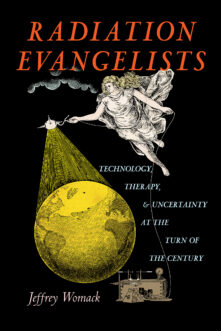
Radiation Evangelists
Technology, Therapy, and Uncertainty at the Turn of the Century

Paris After Haussmann
Living with Infrastructure in the City of Light, 1870–1914
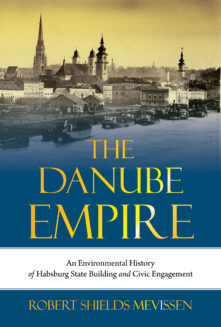
The Danube Empire
An Environmental History of Habsburg State Building and Civic Engagement
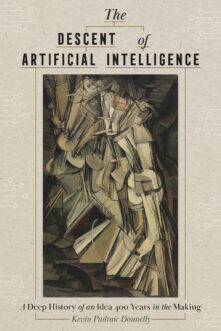
The Descent of Artificial Intelligence
A Deep History of an Idea Four Hundred Years in the Making
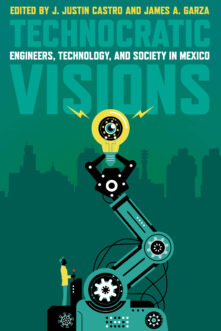
Technocratic Visions
Engineers, Technology, and Society in Mexico
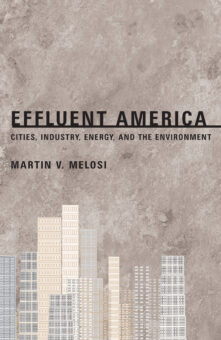
Effluent America
Cities, Industry, Energy, and the Environment
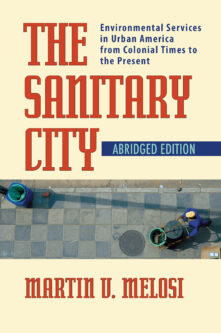
The Sanitary City
Environmental Services in Urban America from Colonial Times to the Present
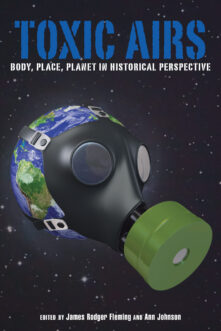
Toxic Airs
Body, Place, Planet in Historical Perspective
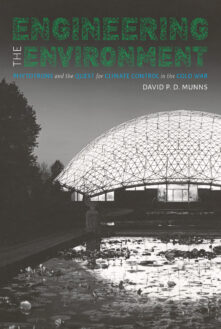
Engineering the Environment
Phytotrons and the Quest for Climate Control in the Cold War
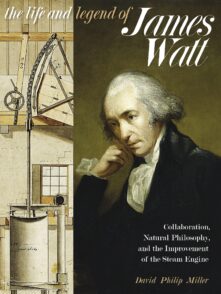
The Life and Legend of James Watt
Collaboration, Natural Philosophy, and the Improvement of the Steam Engine
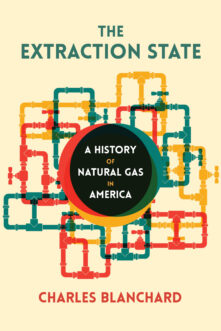
The Extraction State
A History of Natural Gas in America
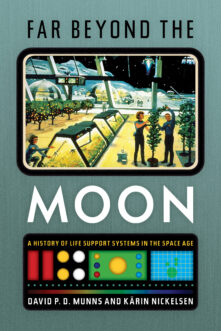
Far Beyond the Moon
A History of Life Support Systems in the Space Age
Total 12 results found.

